Dadasaheb Phalke: Timeline of Indian Cinema's Pioneer
Explore the pivotal moments that shaped Indian cinema and established Dadasaheb Phalke as the first Indian actor:
1870 - Birth of a Visionary
Born as Dhundiraj Govind Phalke in Maharashtra. Initially a photographer and art lover, he was fascinated by the emerging medium of cinema.
1910 - The Dream Takes Shape
After studying European cinema and learning about the Lumière brothers, Phalke decided to tell Indian stories through film.
1913 - The Birth of Indian Cinema
Shot Raja Harishchandra - India's first full-length feature film. Phalke himself played the lead role, becoming the first Indian actor.
1913 - The Premiere
The film premiered in Bombay (Mumbai) on May 7, 1913, drawing thousands and sparking public interest in Indian-made films.
1917 - Building the Foundation
Continued working with actors like D.D. Dabke and Bal Gandharva, helping to elevate acting as a respected profession in India.
1920s - Legacy and Influence
Established institutions like the Phalke Film Society and inspired generations of filmmakers who followed in his footsteps.
Interactive Insight
Click on any milestone to learn more about its significance in the evolution of Indian cinema.
Key Takeaway:
Dadasaheb Phalke’s decision to act in Raja Harishchandra wasn't just a practical choice—it was a groundbreaking moment that legitimized acting as a profession in India and launched a thriving film industry.
Key Takeaways
- The person widely recognised as the first Indian actor is Dadasaheb Phalke, who also directed India’s inaugural feature film.
- Phalke’s on‑screen debut came in the 1913 silent movie Raja Harishchandra, where he played the title king.
- His decision to act was driven by a shortage of trained performers and the need to keep production costs low.
- The film’s success sparked the birth of a full‑ fledged Indian film industry that still thrives today.
- Early collaborators like D.D.Dabke and Bal Gandharva helped lay the groundwork for acting as a respectable profession in India.
When we talk about the Dadasaheb Phalke the pioneering filmmaker who also became the first Indian actor, we’re stepping into a story that blends invention, desperation, and a dose of courage. In 1913 Phalke didn’t just point a camera at a stage; he stepped in front of it, playing the king in the nation’s first full‑length movie, Raja Harishchandra. That bold move set the tone for an entire industry and turned a hobbyist’s dream into a cultural revolution.
Why Dadasaheb Phalke Is Considered the First Indian Actor
Born as Dhundiraj Govind Phalke in 1870, Phalke was already a well‑known photographer and a lover of mythology before he turned to motion pictures. After years of studying European cinema and reading about the Lumière brothers, he decided to bring Indian stories to life on celluloid. His ambition led to the creation of Raja Harishchandra, a silent adaptation of a classic Hindu legend.
The film needed a lead actor. Professional theatre was dominated by Marathi troupes, and few performers were comfortable with the nascent medium of silent film. Phalke, facing budget constraints and a lack of willing talent, took the role himself. He performed in heavy costume, used expressive gestures suitable for a silent audience, and, most importantly, proved that an Indian could convincingly portray a mythic king on screen. This self‑casting makes him the de‑facto first Indian actor.
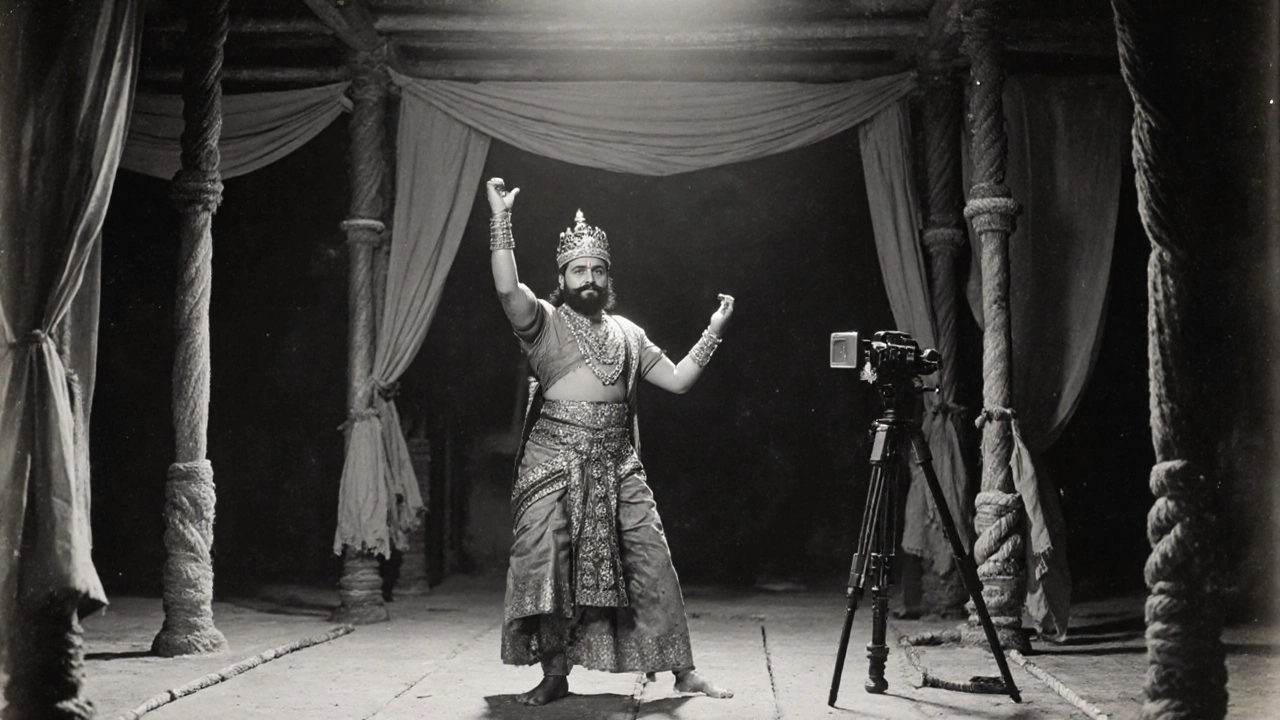
The Birth of Indian Cinema and the Making of Raja Harishchandra
Raja Harishchandra India’s first full‑length feature film, released in 1913 was not just a movie; it was a cultural experiment. Phalke shot the film over a period of two years, using a borrowed camera, homemade lighting rigs, and a cast of friends and family. The storyline follows the legendary king who chooses truth over his own life-a narrative that resonated deeply with early 20th‑century Indian audiences.
The production faced many hurdles: raw film stock had to be imported from England, editing was done by hand, and the set pieces were constructed from bamboo and cloth. Yet the film’s premiere in Bombay (now Mumbai) on 7 May 1913 drew a crowd of several thousand, signaling a demand for indigenous visual storytelling.
How Phalke Stepped in Front of the Camera
Phalke’s decision to act was pragmatic, but his performance set a template for screen acting in India. Some of his notable choices included:
- Expressive Body Language: Without sound, Phalke relied on grand gestures to convey emotions, a technique that became standard in silent Indian cinema.
- Costume Authenticity: He wore a regal sari and crown that matched descriptions from ancient texts, lending visual credibility.
- Dynamic Staging: Phalke used multiple camera angles, a novelty at the time, to keep the audience engaged during long monologues.
His willingness to act also opened doors for other early artists. D.D.Dabke, a stage performer, later joined Phalke’s troupe and appeared in subsequent films like Lanka Dahan (1917). Bal Gandharva, famed for his singing, was persuaded to lend his voice to silent film intertitles, creating a hybrid experience that foreshadowed the talkies of the 1930s.
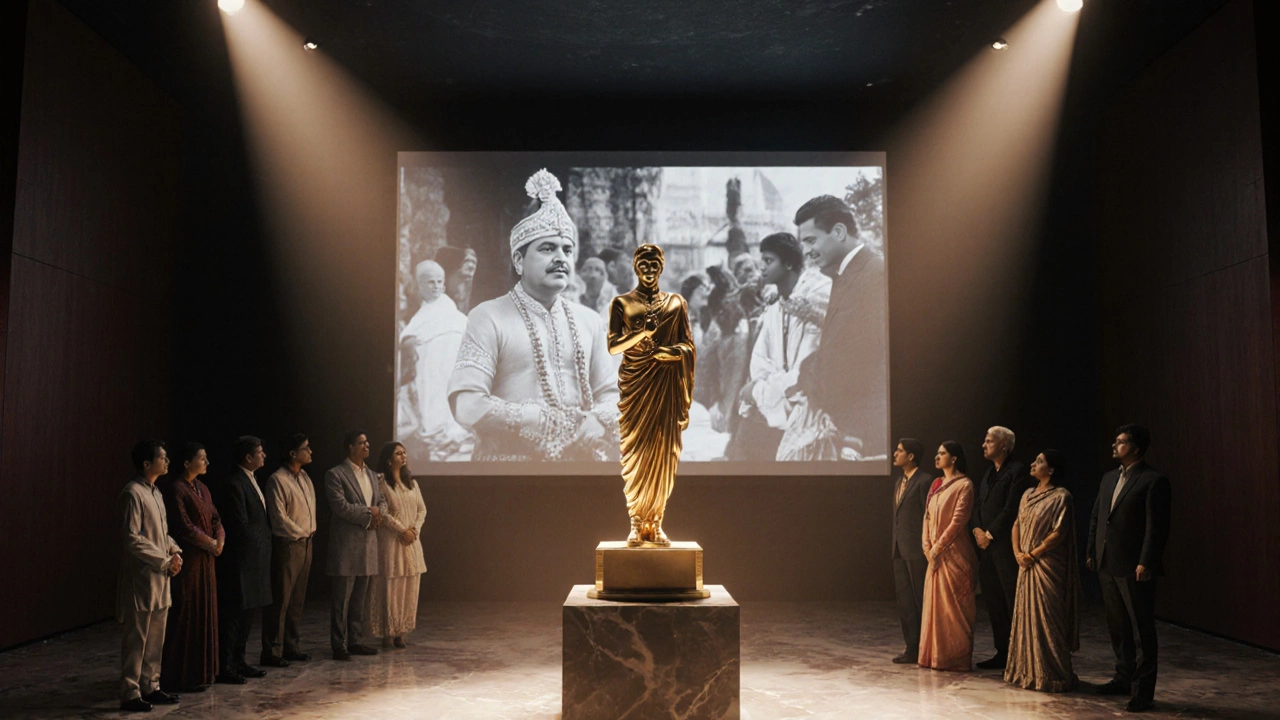
Legacy: Why Phalke’s Acting Matters Today
Phalke’s on‑screen debut did more than fill a casting gap; it legitimised acting as a viable profession in a society that traditionally viewed theatre with suspicion. By embodying a mythic hero, he demonstrated that Indian stories could be told visually, paving the way for future stars like Raj Kapoor, Dilip Kumar, and today’s megastars.
Beyond his acting, Phalke’s influence persisted through institutions he founded-such as the Phalke Film Society-which nurtured talent and promoted film education. The National Film Archive of India now houses original reels of Raja Harishchandra, preserving his pioneering work for future generations.
Early Indian Film Pioneers at a Glance
| Name | Primary Role | Notable Work | Year |
|---|---|---|---|
| Dadasaheb Phalke | Director & Actor | Raja Harishchandra | 1913 |
| D. D. Dabke | Actor | Lanka Dahan | 1917 |
| Bal Gandharva | Singer & Performer | Stage‑to‑Film Adaptations | 1910s |
| H. S. Bhatavdekar | Photographer & Filmmaker | First Indian Documentary | 1897 |
Frequently Asked Questions
Was Dadasaheb Phalke a professional actor before making films?
No. Phalke was primarily a photographer and a hobbyist filmmaker. He stepped into acting out of necessity when no trained actors were available for his debut film.
Did Phalke act in any other movies after Raja Harishchandra?
Phalke’s on‑screen appearances were limited. He focused mainly on directing and producing, allowing emerging actors to take the lead in later projects.
Who were the other notable actors in the silent era?
Early silent‑era talents included D.D.Dabke, who played roles in Phalke’s later films, and actress Sulochana (Ruby Myers), who became a star in the 1920s.
How did audiences react to Phalke’s acting?
Audiences were intrigued and generally appreciative. The novelty of seeing a familiar mythological story on screen outweighed any technical shortcomings in performance.
Why is Phalke still celebrated today?
Beyond his acting, Phalke laid the groundwork for Indian filmmaking-establishing studios, training crews, and proving that Indian narratives could succeed commercially. His legacy lives on through the Dadasaheb Phalke Award, India’s highest honour in cinema.
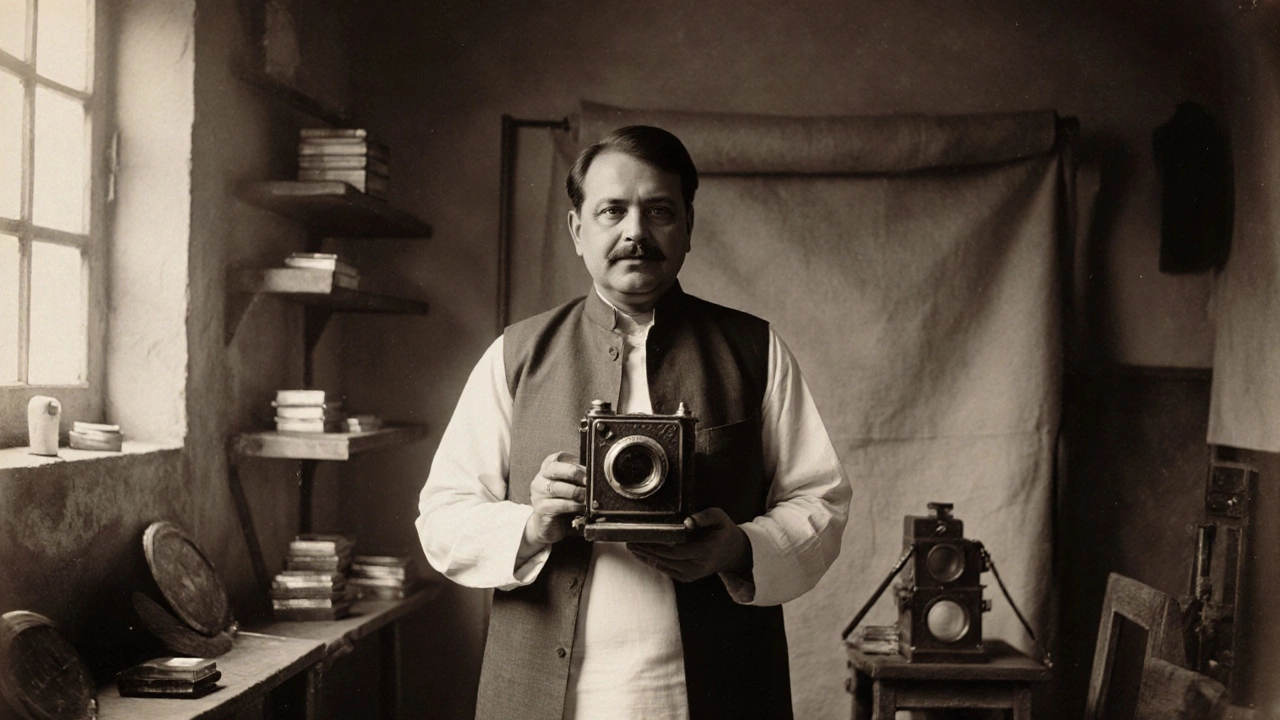
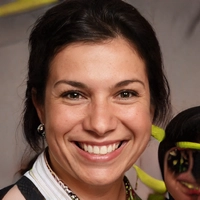
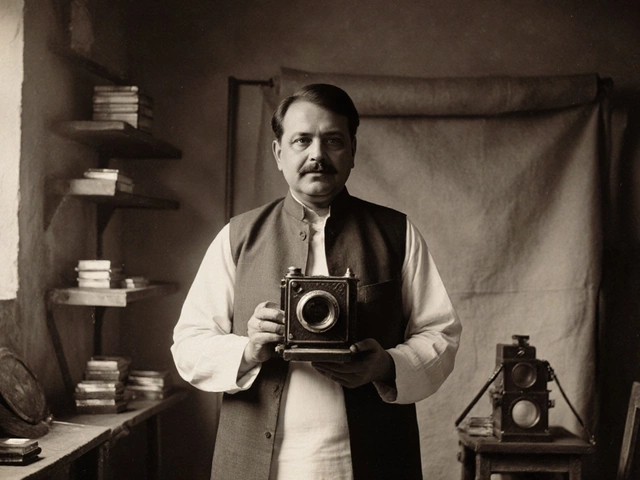
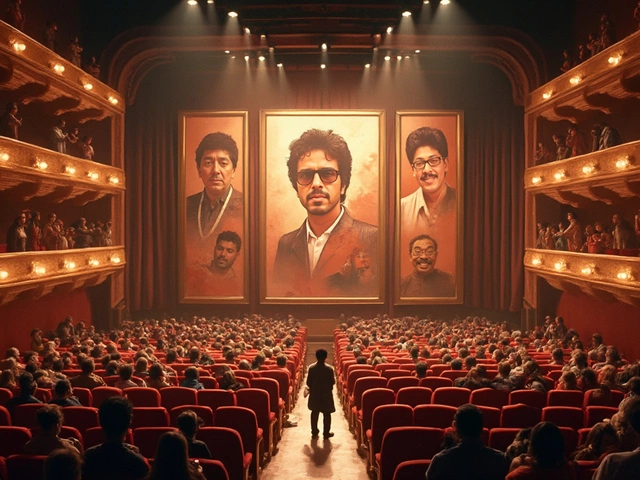
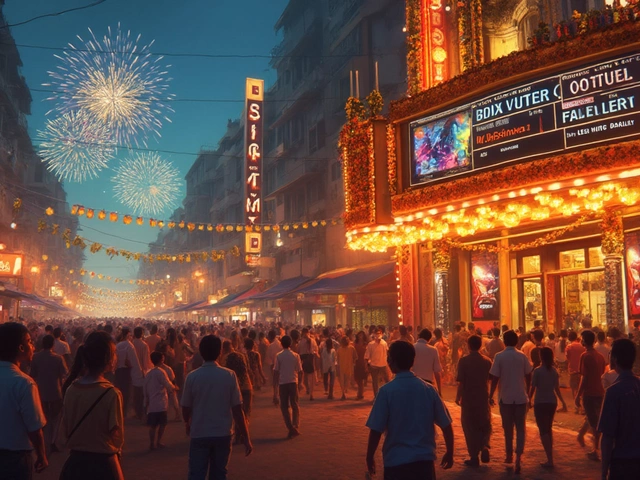
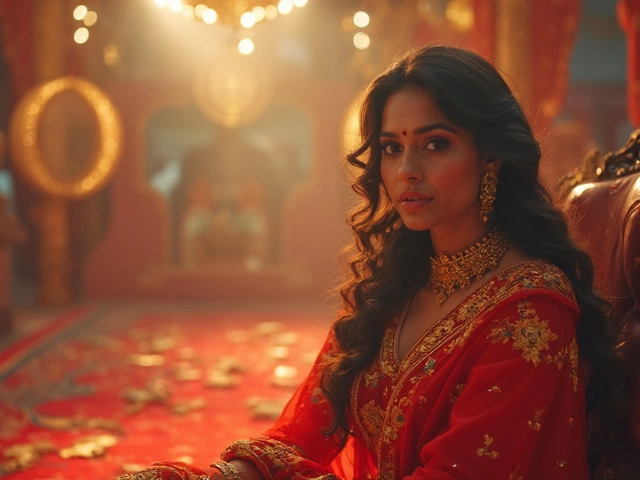
Post A Comment